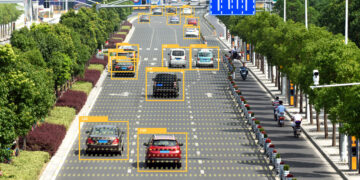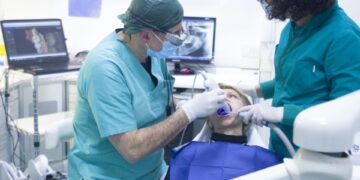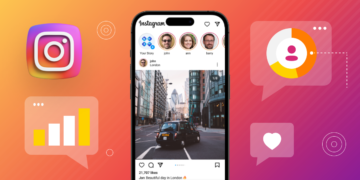In our fast-paced world, where every second counts, driving safely has never been more critical. With the advent of advanced automotive technology, cars are becoming smarter and safer.
One such innovation that has gained prominence in recent years is the Head-up Display (HUD). This technology, originally developed for fighter jets, is now finding its way into everyday vehicles, revolutionizing the way we drive.
In this article, we’ll delve into why the Head-up Display is a great safety feature for drivers.
Keeping Eyes on the Road
One of the most significant advantages of a Head-up Display is its ability to keep the driver’s eyes on the road.
Traditional dashboard displays require drivers to look down, diverting their attention away from the traffic ahead.
With a HUD, vital information such as speed, accurate GPS Head-up display options, and even warnings can be projected directly onto the windshield within the driver’s line of sight.
This minimizes the need to glance away from the road, reducing the risk of accidents caused by distraction.
Improved Situational Awareness
Situational awareness is crucial for safe driving. HUDs provide real-time information, enhancing a driver’s understanding of their surroundings.
For instance, navigation instructions appear as if they are on the road itself, making it easier to follow directions without taking your eyes off the road.
Additionally, relevant data such as speed limits, traffic signs, and potential hazards are displayed, helping drivers make informed decisions promptly, making it similar to Tesla electric cars and their options.
Enhanced Nighttime Visibility
Driving at night can be challenging due to reduced visibility. Headlights from oncoming vehicles and glare from road signs can make it even more difficult to see the road clearly.
HUDs address this issue by adjusting the display brightness according to ambient lighting conditions.
This ensures that the information displayed remains visible without causing discomfort or distraction to the driver. As a result, nighttime driving becomes safer and less stressful.
Customizable Information Display
Modern HUDs are highly customizable, allowing drivers to choose the information they want to see on their display.
Whether it’s speed, navigation directions, incoming calls, or even the music playlist, drivers can personalize the HUD to show what matters most to them.
This flexibility ensures that drivers are not overwhelmed with information but still have access to what they need.
Integration with Advanced Driver Assistance Systems (ADAS)
HUDs often integrate seamlessly with the Advanced Driver Assistance Systems (ADAS), such as lane-keeping assist, adaptive cruise control, and collision warning systems.
When combined, these technologies create a safety net that assists drivers in avoiding accidents.
For example, if the HUD detects a potential collision, it can flash a warning on the windshield, ensuring the driver takes immediate action to prevent an accident.
Reduced Cognitive Load
Driving requires constant multitasking and quick decision-making. Traditional dashboard displays can increase the cognitive load by requiring drivers to switch their attention between the road and the dashboard.
HUDs simplify this process by providing essential information within the driver’s field of view. This reduces cognitive load and allows drivers to focus on the most critical task: driving safely.
Minimized Blind Spots
Blind spots are areas around a vehicle that are not visible to the driver through standard mirrors.
HUDs can help address this issue by using cameras and sensors to provide a 360-degree view of the surroundings.
This additional perspective can help drivers avoid accidents caused by vehicles or obstacles in their blind spots.
In an era where safety on the road is paramount, Head-up Displays have emerged as a remarkable safety feature for drivers.
By keeping vital information within the driver’s line of sight, improving situational awareness, and reducing distractions, HUDs contribute significantly to safer driving experiences.
Furthermore, their integration with advanced driver assistance systems and customizable information displays enhances their utility.
As technology continues to advance, we can expect even more sophisticated and effective Head-up Displays to become commonplace in vehicles.
The adoption of this technology represents a positive step toward a safer and more enjoyable driving experience.
In the end, the key takeaway is clear: the Head-up Display is not just a great safety feature; it’s a game-changer for drivers everywhere, helping them navigate our increasingly complex roads with confidence and peace of mind.




































